Manufacturer
Fiat Aviazione
Year
1952
Previous versions
- Fiat CR.77 Fuciliere A
- Fiat CR.78 Fuciliere I
Introduction
The Fiat CR.79 Fuciliere II emerged at the beginning of the Cold War, during a technological and doctrinal transition period for the world’s air forces. It was intended to fill the gap between Italy’s last postwar propeller-driven fighters and the new generation of jet aircraft such as the North American F-86 Sabre and the upcoming Fiat G.91. Conceived between 1952–1953, this aircraft aimed to provide Italy with a versatile, affordable, and adaptable fighter without relying entirely on the still-developing jet technology.
History
The CR.79’s design was directly based on the experience gained with the CR.78, but it featured a stronger and more refined airframe, with larger wings and improved aerodynamics to make full use of its new turboprop engine. With a power-to-weight ratio of 1.074 and a low wing loading of 26.1 lbs/ft², it could rival several subsonic jet fighters of its era in terms of maneuverability, making it appealing as a transitional aircraft.
During testing, the Aeronautica Militare considered it a light interceptor and close air support aircraft for Italy’s territorial defense. Its main advantage was its lower cost, simple maintenance, and ability to operate from short runways, unlike the early jets that required well-prepared airfields. However, despite positive evaluations of its maneuverability and excellent performance in close-quarters dogfights, the global shift toward pure jet-powered aircraft limited its production run.
The CR.79 was fielded in small numbers within secondary air defense squadrons around the Mediterranean and also served as an advanced trainer for pilots who would eventually transition to the F-86 and later the G.91. Even so, it left a mark as one of the last European attempts to perfect the concept of advanced propeller/turboprop fighters in the face of aviation’s rapid jet transition.
In hindsight, the CR.79 is remembered as the last of its lineage: an aircraft born on the threshold of two eras, showcasing Italian ingenuity in extending the philosophy of light, highly maneuverable fighters, while at the same time pointing toward the modernity that would arrive with the G.91.
Options
AG1 - Open the airplane cabin
AG2 - Airbrakes
AG7 - Ejection seat
Weapons
- 1 × DEFA cannon
- 2 x Browning M2
- 4 × AIM-9B Sidewinder
Specifications
Spotlights
- This craft is curated
General Characteristics
- Created On Windows
- Wingspan 39.5ft (12.0m)
- Length 50.1ft (15.3m)
- Height 18.6ft (5.7m)
- Empty Weight 16,666lbs (7,559kg)
- Loaded Weight 19,604lbs (8,892kg)
Performance
- Power/Weight Ratio 1.074
- Wing Loading 26.1lbs/ft2 (127.3kg/m2)
- Wing Area 751.8ft2 (69.8m2)
- Drag Points 2655
Parts
- Number of Parts 345
- Control Surfaces 0
- Performance Cost 1,295

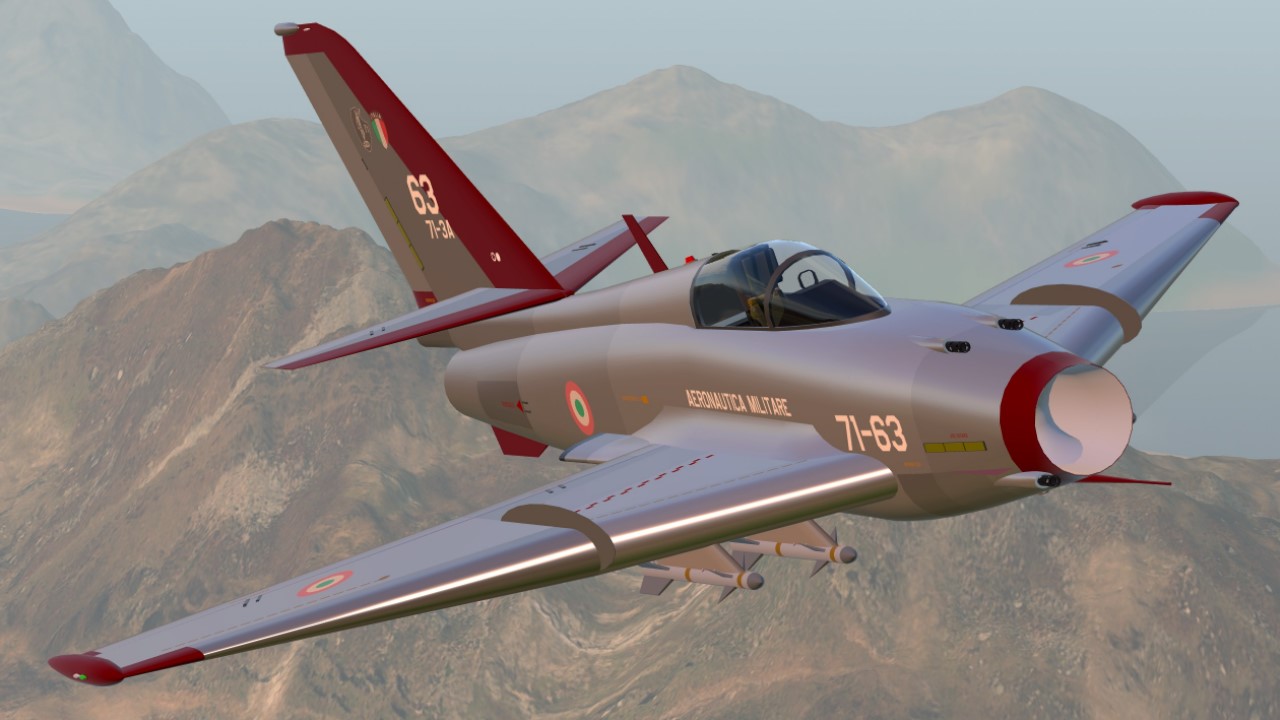
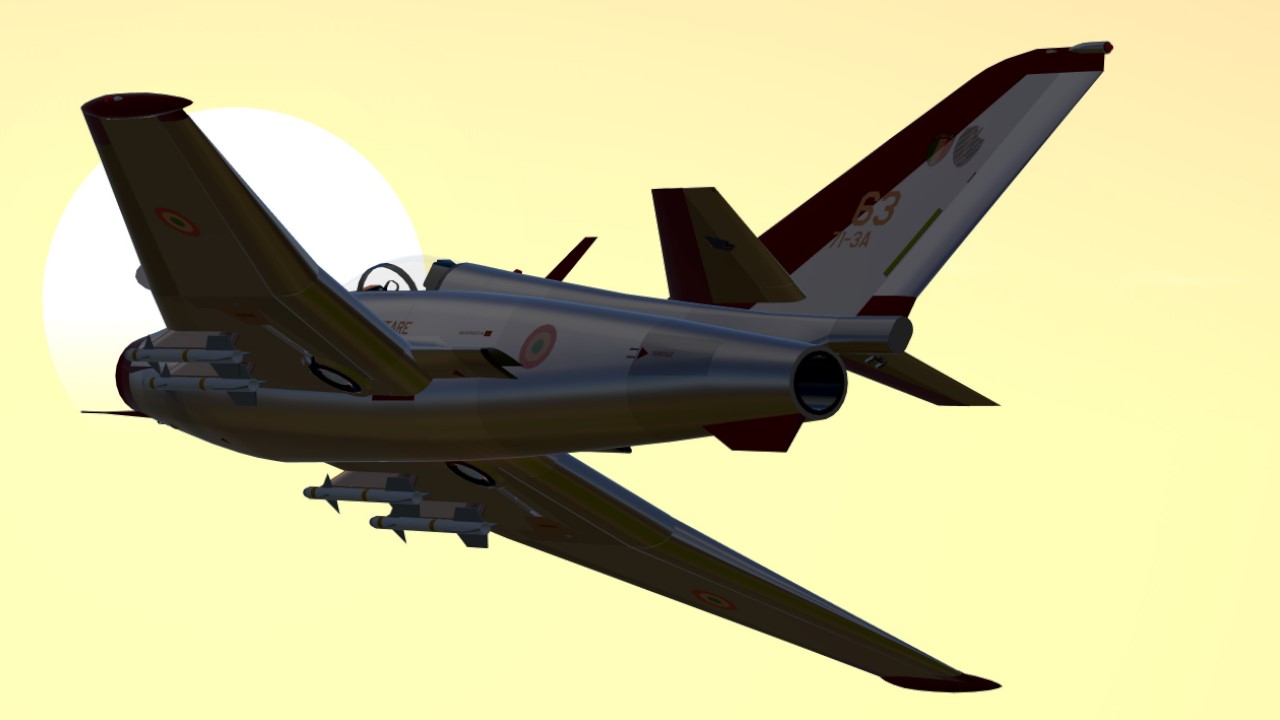
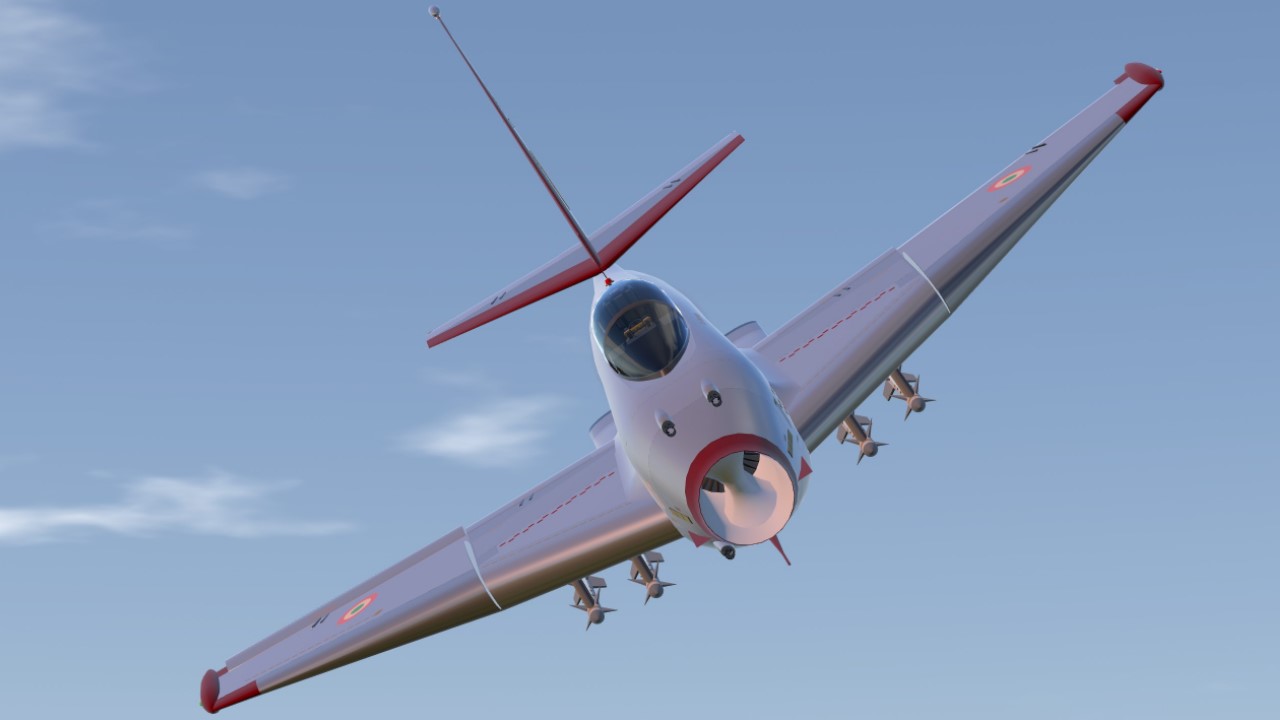
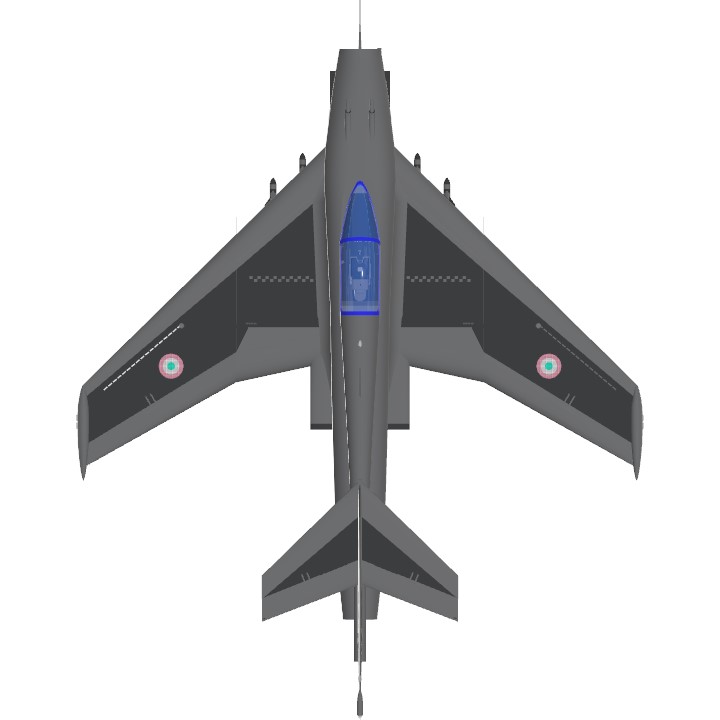
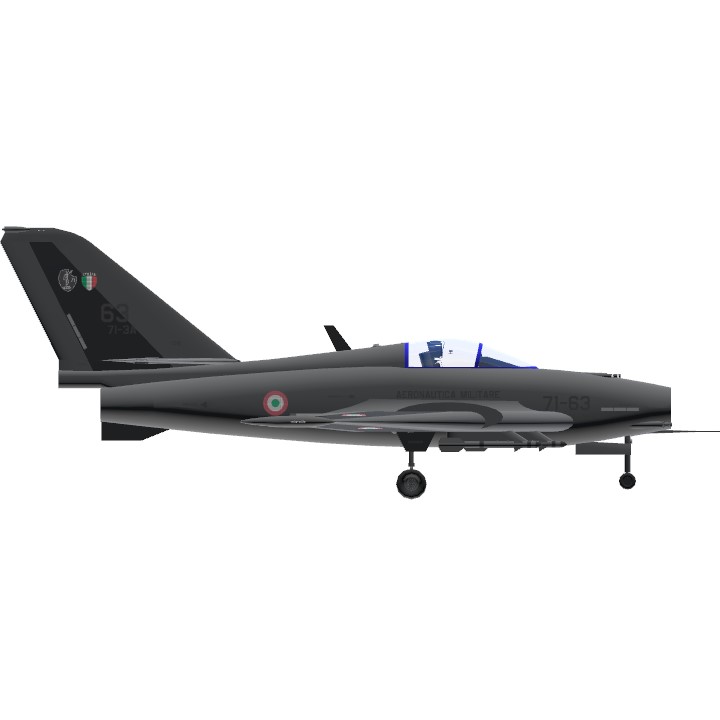
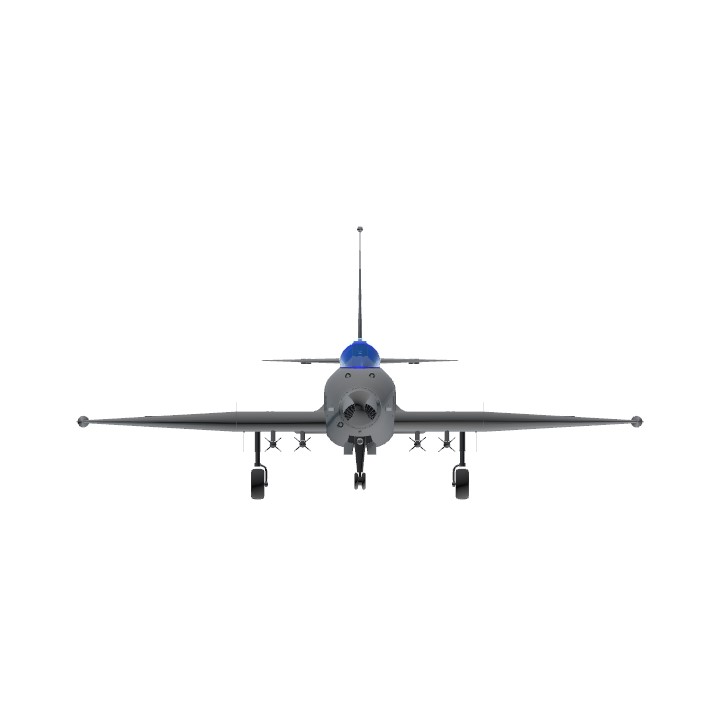
@mikoyanster oh I see, I understand that it’s more game machanic than realism and I was only seeing it in realism, thanks man
@mikoyanster haha I’m just trying to help inform you it really isn’t a helpful addition, unless you can prove me wrong with some facts or something, but I’m not no type of way lol I’m just tryna say what I thought, I don’t wanna participate because it’s been over a year since I uploaded or really played
@QuiteInactiveWhiteBread By the way, instead of talking so much, why don't you participate in the tournament? 😉😉
@QuiteInactiveWhiteBread On the other hand, these types of techniques have been well-tested by SimplePlanes' AI when it has to face other aircraft. Don't forget that this aircraft was designed to be used by the game's AI in dogfights.
@QuiteInactiveWhiteBread Your analysis makes sense from a real‑life aerodynamics perspective — excessive drag from large airbrakes would indeed penalize energy retention in sustained turns. However, in SimplePlanes (or similar simulators), their effect often depends more on balance and control modeling than on strict aerodynamic realism.
If the airbrake in this jet activates slightly during turns, it could be serving as a stability aid to help manage pitch or prevent overspeed tendencies rather than acting as a continuous drag plate. Real aircraft like the F‑15 or Su‑27 use control surfaces that can behave somewhat similarly when coupled to flight control logic (though usually not pure airbrakes).
So while your point about energy retention and turn performance is correct in practical aeronautics, in this context it might have been a deliberate design compromise for gameplay handling or visual effect rather than aerodynamic realism.
@mikoyanster if anything the airbreak would be nessecary with a option to keep it off or on
@mikoyanster well actually 🤓 the air break will do absaloutly nothing to the performance but damper it, airplanes need speed for turns, and air breaks as secondary, this jet would realistically suffer extremely poor speed retention during turns due to that huge airbreak and it would effect it very negatively by turning at all and keeping it a sitting duck, if it was a speed break that controls the top speed then sure that’s fine but it extends on turns and G maneuvers which is the opposite what you want, you could have added an airbreak on the top of the plane to act as pitch yet that still would add crazy drag to the airplane during turns and u don’t want that.. the jet itself seems like it would require little to no AOA in turns to keep itself aloft so maybe it would be fine but not jet every used this idea, the only thing similar is the auto slaps on hornets and sukhois and modern jets that improve lift not drag
@egll ha...
@QuiteInactiveWhiteBread It is designed to facilitate maneuvers in dogfights. This aircraft was designed for the challenge of aircraft of the 1950s. It's a trick that works very well, to improve the turning radius and aim more quickly at the enemy.
Why does the airbreak reply on pitch????
@PIL0TE42 non - i speak english
@mikoyanster hello
@egll Hi Egll
@egll tu es français ?
Looks like a loach
Hi